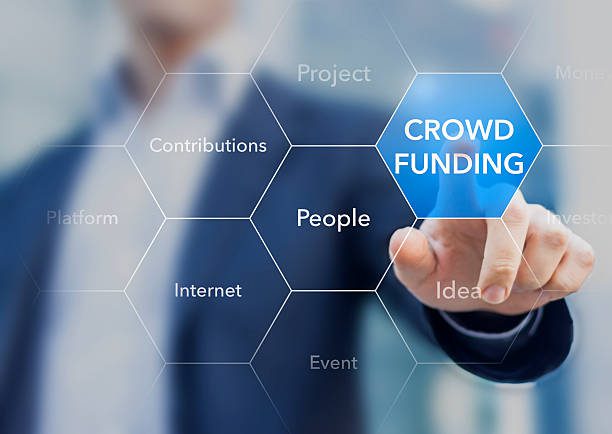How does Crowdfunding Work?

Crowdfunding is a method of raising funds for a project, venture, or cause by gathering small amounts of money from a large number of people, typically via online platforms. Here’s how crowdfunding generally works:
1. Platform Selection
Choose a crowdfunding platform that aligns with your project or venture. Popular platforms include Kickstarter, Indiegogo, GoFundMe, and Patreon. Each platform may have its own focus and guidelines, so select one that suits your fundraising needs.
2. Project Creation
Create a compelling campaign or project page on the chosen crowdfunding platform. Clearly communicate the purpose, goals, and impact of your project through text, images, videos, and other media. Explain why people should contribute and what they can expect in return, such as rewards or benefits.
3. Fundraising Goal and Duration
Set a realistic fundraising goal that reflects the financial needs of your project. Consider factors such as production costs, marketing expenses, and any other necessary expenditures. Determine the duration of your campaign, which can range from a few days to several weeks or even months.
4. Campaign Promotion
Actively promote your crowdfunding campaign through various channels, such as social media, email newsletters, personal networks, and press releases. Utilize engaging content, storytelling, and compelling visuals to attract potential contributors. Leverage your existing network and encourage supporters to share the campaign with their networks.
5. Contribution Options
Offer different contribution levels or tiers to accommodate various budgets and provide enticing rewards or benefits to contributors. These rewards can range from early access to the product or service, exclusive merchandise, personalized experiences, or recognition in project updates.
6. Funding Model
Select the funding model that best suits your project. The two main models are:
a. All-or-Nothing (Fixed): In this model, you set a specific funding goal, and if you don’t reach it within the campaign duration, all contributions are refunded to the contributors, and you receive no funds. This model provides a sense of urgency for potential contributors to reach the goal.
b. Keep-It-All (Flexible): With this model, all contributions received during the campaign period are retained, regardless of whether the funding goal is reached. This model allows you to access the funds even if you don’t meet the initial target, but it may lack the same level of urgency as the all-or-nothing model.
7. Engagement and Updates
Regularly engage with your contributors and potential supporters throughout the campaign. Provide updates on the project’s progress, milestones achieved, and any challenges faced. Keep the momentum going and foster a sense of community and transparency to maintain interest and build trust.
8. Campaign Closure and Delivery
Once your campaign ends, close the fundraising process and analyze the funds raised. Fulfill any promised rewards or benefits to contributors according to your campaign’s timeline. Keep your supporters informed about the progress of the project and express your gratitude for their contributions.
Crowdfunding provides an opportunity to access funding from a wide audience, validate market demand, and build a community around your project or venture. However, it requires proactive promotion, effective communication, and transparency to engage potential contributors and achieve fundraising success.
For more information on how to raise capital for your business and how to fund your business growth, contact us:
https://franchisefundingsolutions.com/contact/
